Optimal Timing for Cupping Floor Repairs
Cupping floor repairs are most effective when performed under specific conditions that minimize further damage and ensure proper adhesion of repair materials. The ideal time for repairs is during periods of stable temperature and low humidity, which help prevent expansion and contraction of flooring materials. Scheduling repairs during dry seasons or controlled indoor environments can lead to better outcomes.
Perform cupping repairs during dry, stable weather to prevent moisture fluctuations that can worsen cupping.
Late spring or early fall are preferred seasons due to moderate humidity and temperature levels.
Repairs are best done in climate-controlled environments to maintain consistent conditions.
High humidity seasons can exacerbate cupping, making repairs less effective if done prematurely.
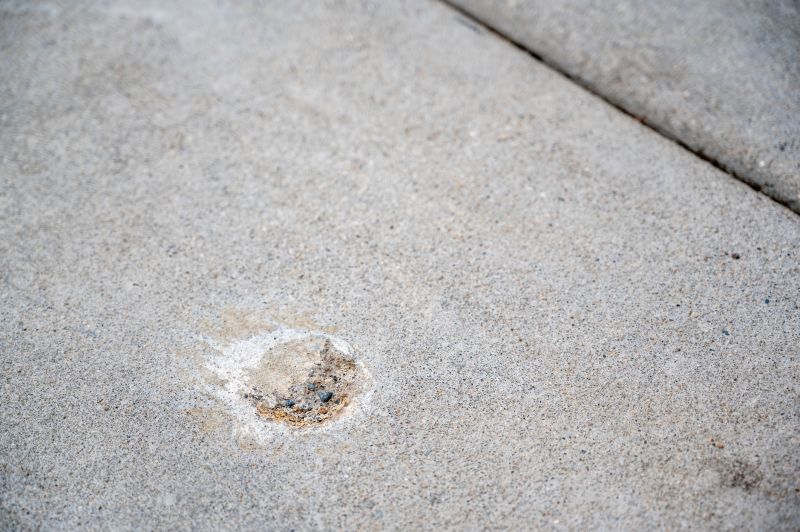
Visual example of cupped flooring showing raised edges and uneven surface.

Indoor environment with controlled temperature and humidity ideal for repairs.

Technicians applying repair materials in optimal conditions.
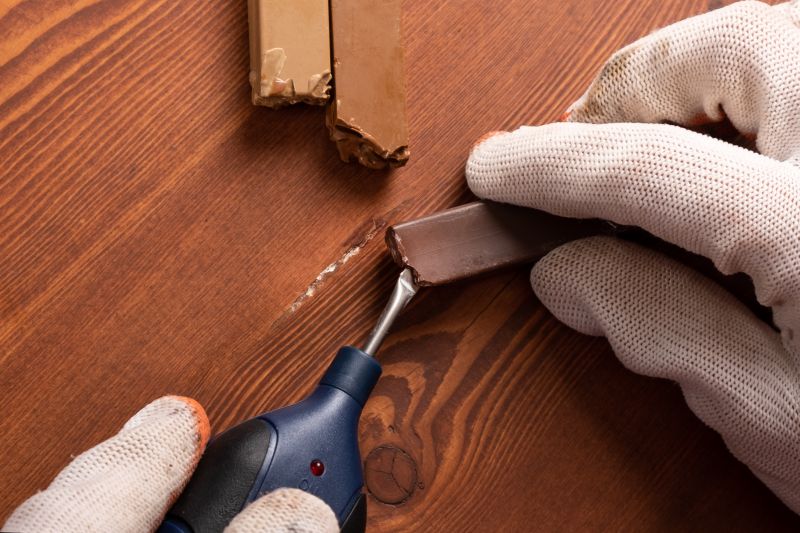
Ways to make Cupping Floor Repairs work in tight or awkward layouts.
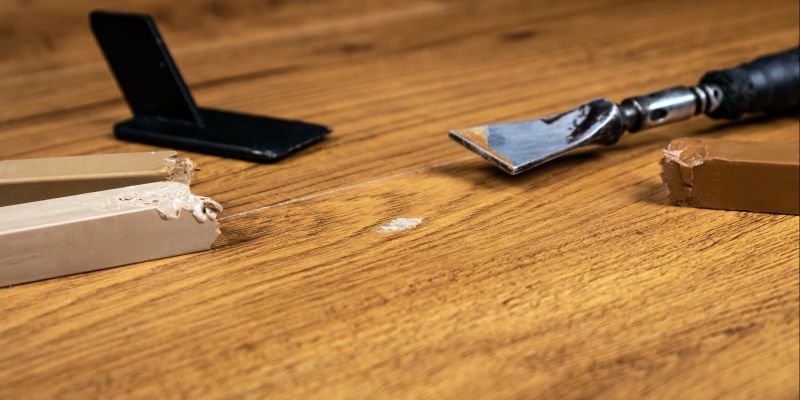
Popular materials for Cupping Floor Repairs and why they hold up over time.

Simple add-ons that improve Cupping Floor Repairs without blowing the budget.
| Factor | Recommended Timing |
|---|---|
| Temperature Stability | Spring or fall |
| Humidity Levels | Low and consistent |
| Weather Conditions | Dry periods |
| Indoor Environment | Controlled climate |
| Post-Repair Conditions | Sufficient drying time |
Cupping occurs when moisture causes the underside of hardwood flooring to swell, leading to a concave appearance. This issue is often linked to moisture imbalance between the subfloor and the environment, making timing critical for effective repairs. Properly scheduled repairs can restore the flooring's flatness and prevent further damage. Statistics indicate that repairs performed during optimal conditions have a success rate exceeding 85%, reducing the likelihood of recurring cupping.
Understanding the environmental factors influencing cupping is essential for planning repairs. Moisture levels above 12% in the subfloor or ambient humidity exceeding 60% can significantly impact repair outcomes. Monitoring these conditions with hygrometers and moisture meters ensures that repairs are scheduled when conditions are most favorable, leading to longer-lasting results.
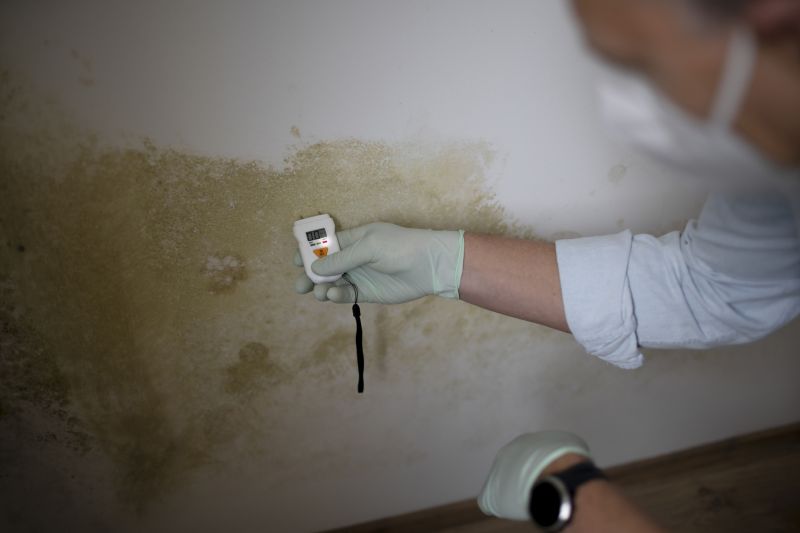
Measuring subfloor moisture levels before repairs.
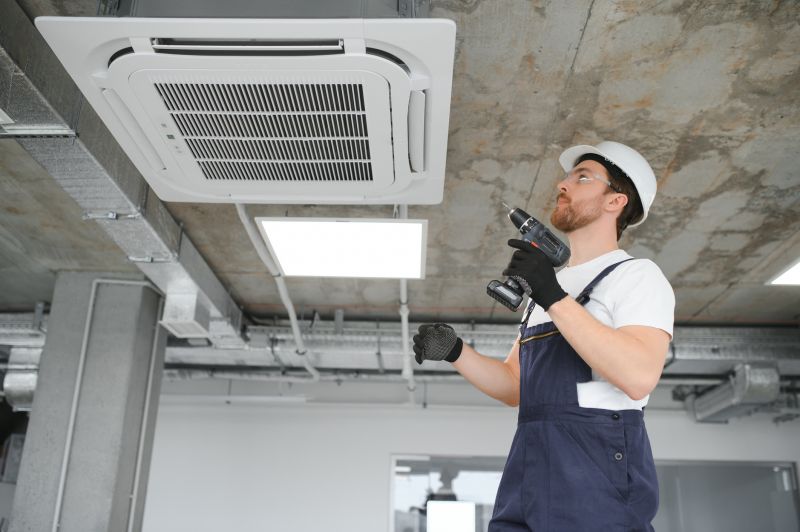
Indoor climate systems maintaining ideal conditions.
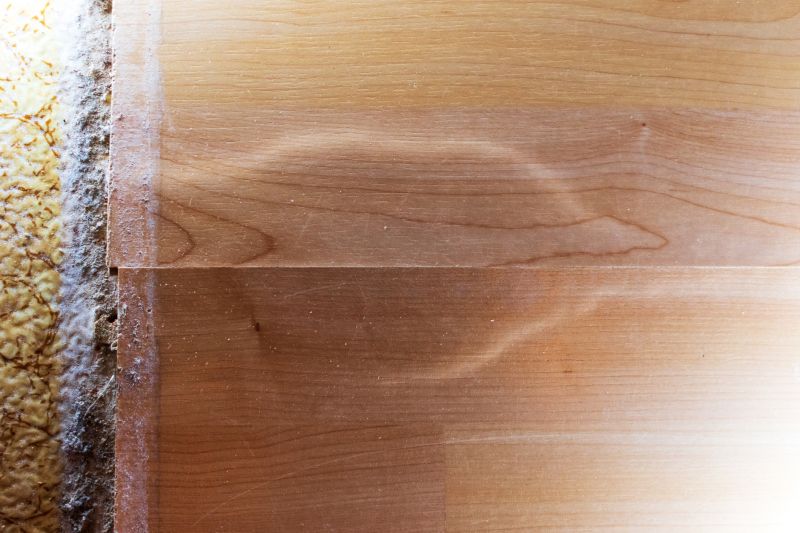
Flooring after successful cupping repair.
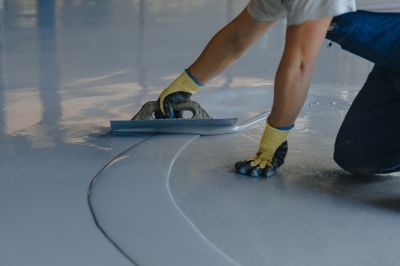
Ensuring proper adhesion during optimal conditions.

High-end options that actually feel worth it for Cupping Floor Repairs.
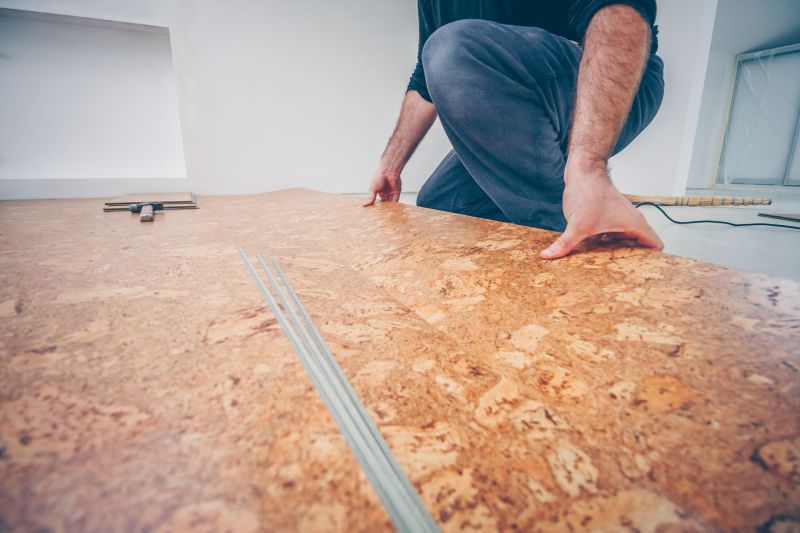
Finishes and colors that play nicely with Cupping Floor Repairs.
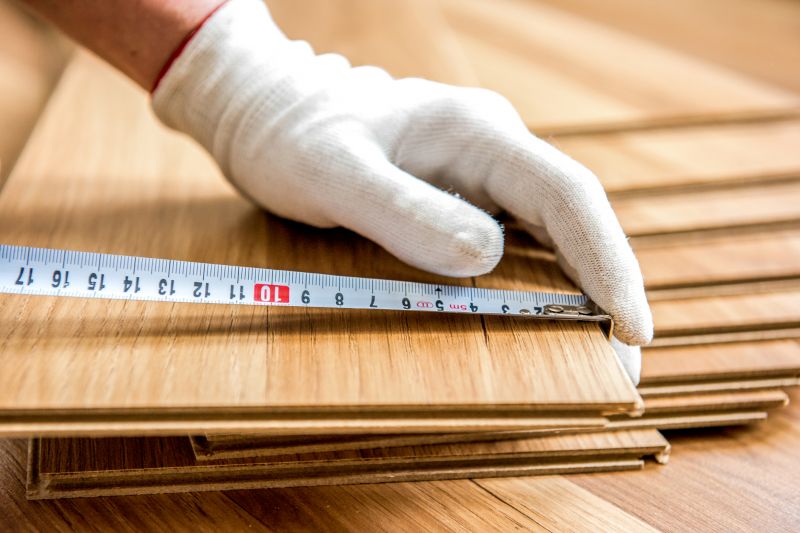
Little measurements that prevent headaches on Cupping Floor Repairs day.
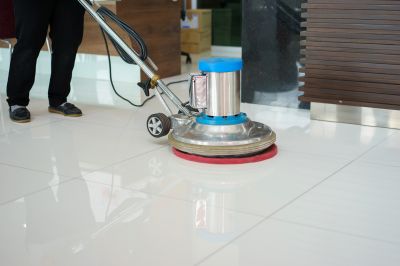
A 60-second routine that keeps Cupping Floor Repairs looking new.
Interested in scheduling cupping floor repairs? Filling out the contact form can provide access to professional assessments and tailored solutions. Proper timing and environmental control are key to achieving durable, effective repairs that restore the integrity of hardwood flooring.
